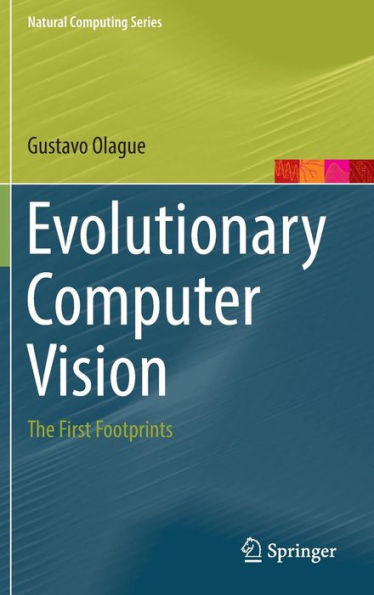In the first part of the book the author surveys the literature in concise form, defines the relevant terminology, and offers historical and philosophical motivations for the key research problems in the field. For researchers from the computer vision community, he offers a simple introduction to the evolutionary computing paradigm. The second part of the book focuses on implementing evolutionary algorithms that solve given problems using working programs in the major fields of low-, intermediate- and high-level computer vision.
This book will be ofvalue to researchers, engineers, and students in the fields of computer vision, evolutionary computing, robotics, biologically inspired mechatronics, electronics engineering, control, and artificial intelligence.
In the first part of the book the author surveys the literature in concise form, defines the relevant terminology, and offers historical and philosophical motivations for the key research problems in the field. For researchers from the computer vision community, he offers a simple introduction to the evolutionary computing paradigm. The second part of the book focuses on implementing evolutionary algorithms that solve given problems using working programs in the major fields of low-, intermediate- and high-level computer vision.
This book will be ofvalue to researchers, engineers, and students in the fields of computer vision, evolutionary computing, robotics, biologically inspired mechatronics, electronics engineering, control, and artificial intelligence.

Evolutionary Computer Vision: The First Footprints
411
Evolutionary Computer Vision: The First Footprints
411Hardcover(1st ed. 2016)

Product Details
| ISBN-13: | 9783662436929 |
|---|---|
| Publisher: | Springer Berlin Heidelberg |
| Publication date: | 09/29/2016 |
| Series: | Natural Computing Series |
| Edition description: | 1st ed. 2016 |
| Pages: | 411 |
| Product dimensions: | 6.10(w) x 9.25(h) x (d) |
